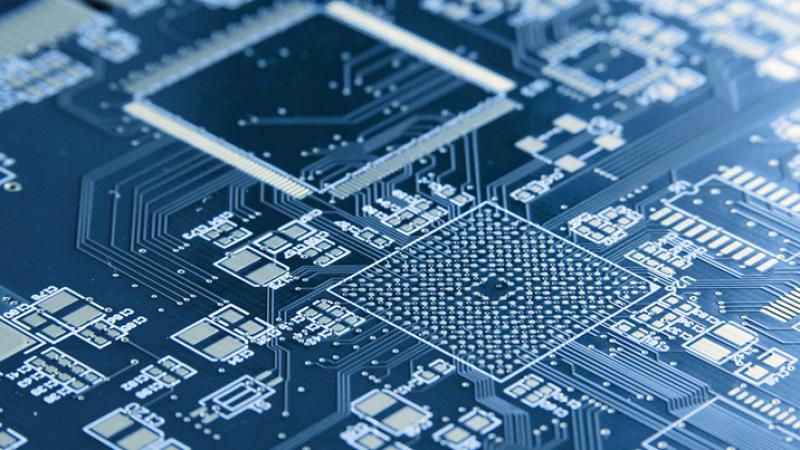In today's rapidly advancing world, technology plays a pivotal role in shaping our lives. From smartphones to smart homes, we are surrounded by devices that enhance our daily experiences. As the demand for smaller, lighter, and more flexible devices grows, a new innovation is paving the way for the future of technology: Printed Electronics. Combining the precision of traditional printing techniques with the functionality of electronic components, printed electronics is revolutionizing various industries and opening up a realm of possibilities.
Printed Electronics refers to the process of creating electronic devices using printing technologies. Instead of using traditional methods like etching or lithography, conductive and semiconductive inks are deposited onto various substrates, such as plastic, paper, or fabric, to form electronic circuits. This disruptive technology enables the production of low-cost, lightweight, and flexible devices with a wide range of applications.
The Global Printed Electronics Market Was Valued At US$ 4,771.9 Mn In 2021 And Is Expected To Reach US$ 55,566.5 Mn By 2030, Growing At A CAGR Of 22.1% Between 2022 And 2030.
One of the primary advantages of printed electronics is its cost-effectiveness. Traditional manufacturing methods for electronic devices involve complex and expensive processes. However, with printed electronics, mass production becomes more accessible and economical. Large-scale printing techniques allow for the rapid fabrication of electronic components at a significantly reduced cost, making it possible to produce electronic devices for a fraction of the price. This cost advantage opens up new avenues for innovation and brings technology closer to people across different socio-economic backgrounds.
The flexibility of printed electronics is another remarkable feature that sets it apart. Unlike conventional electronics, which are rigid and bulky, printed electronic components can be seamlessly integrated into curved or flexible surfaces. This flexibility enables the creation of electronic devices that conform to the shape of their surroundings. Imagine wearable health monitoring patches that adhere to the skin like a second layer or rollable displays that can be folded and carried in your pocket. These possibilities become a reality with the advent of printed electronics, making technology more versatile and adaptable to our needs.
Printed Electronics also holds great promise for the field of healthcare. The ability to print electronic components on flexible substrates opens up new possibilities for medical devices and sensors. For instance, biosensors printed on patches can monitor vital signs and transmit data wirelessly to healthcare professionals, revolutionizing remote patient monitoring. Additionally, the integration of printed electronics into implantable devices offers potential advancements in diagnostics and drug delivery systems. By seamlessly combining electronics with the human body, printed electronics is transforming the healthcare landscape.
Another exciting area where Printed Electronics is making significant strides is in the field of energy. The ability to print solar cells on flexible substrates presents a game-changing opportunity for renewable energy. Thin, lightweight, and easily deployable, printed solar cells can be integrated into various surfaces, such as building facades or even clothing, enabling the generation of clean energy in unconventional ways. Furthermore, the cost-effectiveness of printed electronics opens up new possibilities for large-scale deployment of solar power, making sustainable energy more accessible to communities worldwide.
